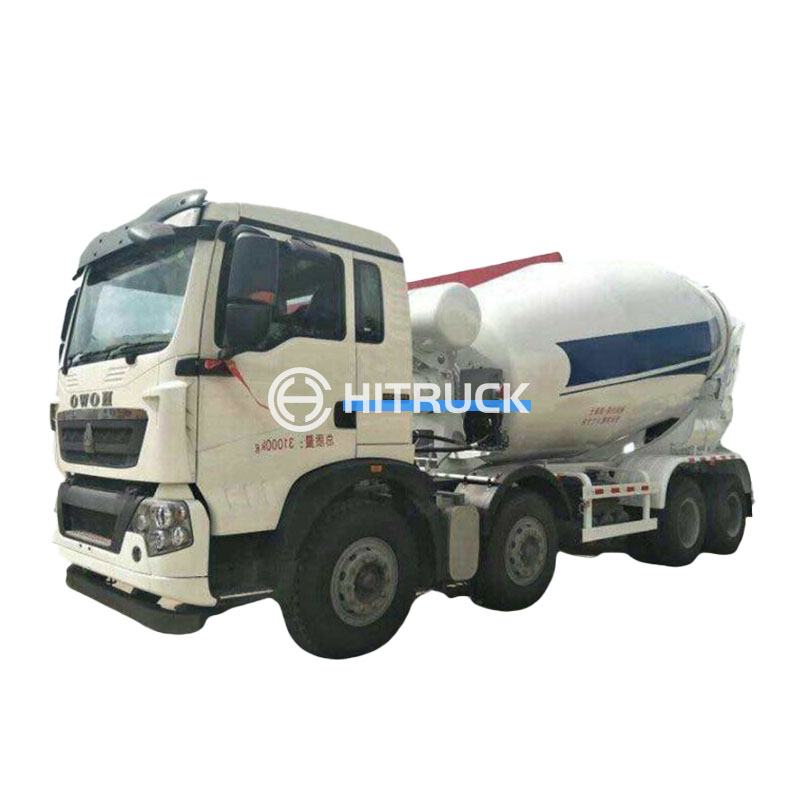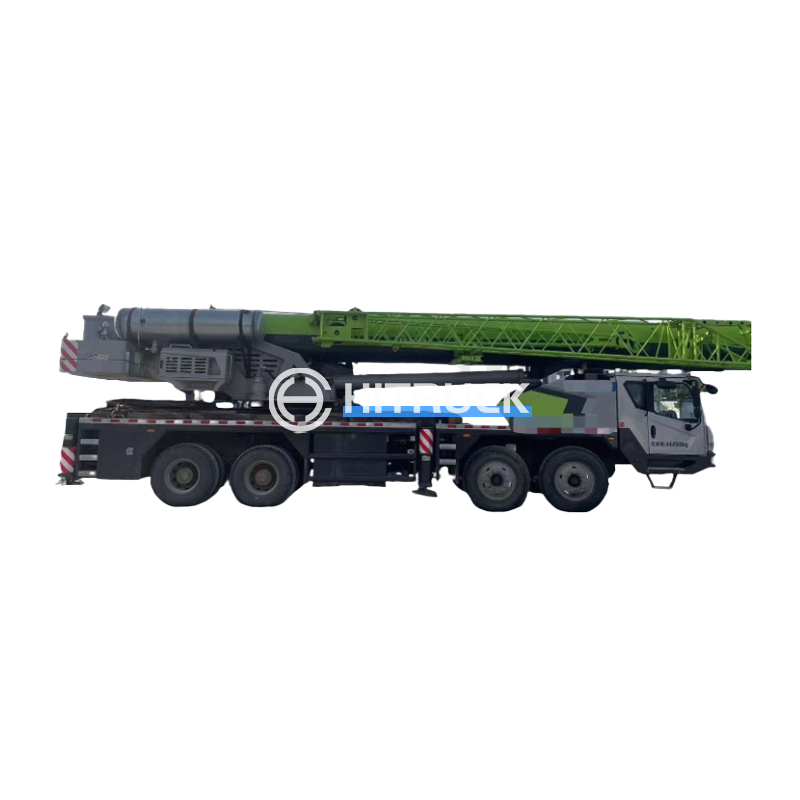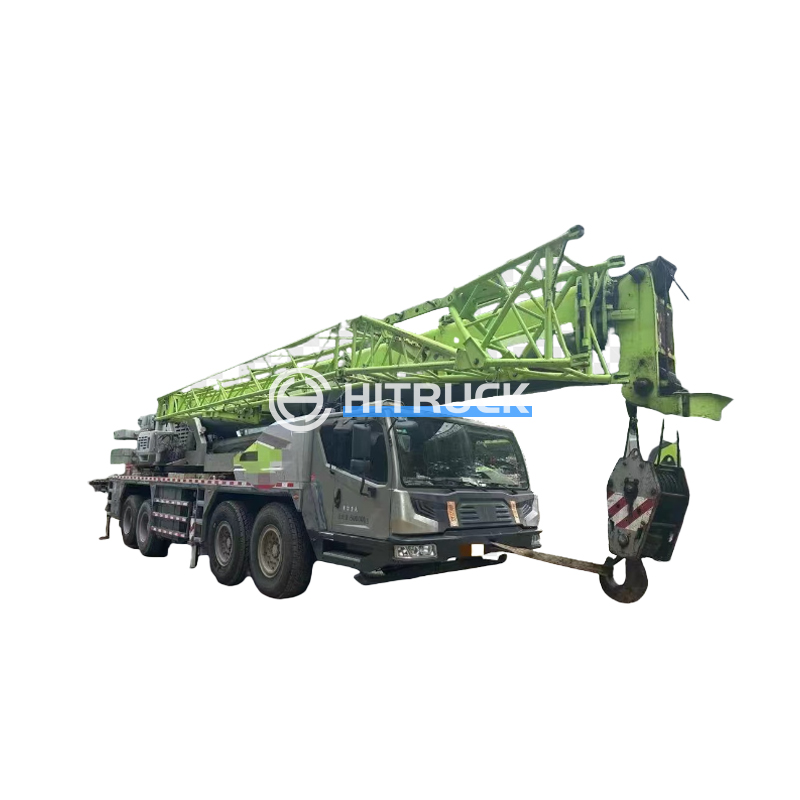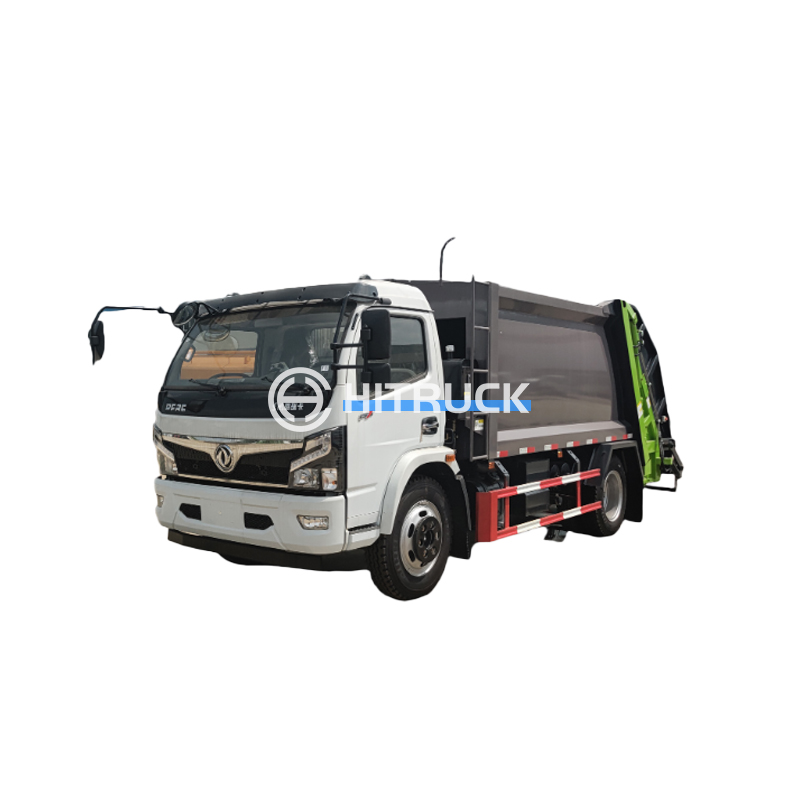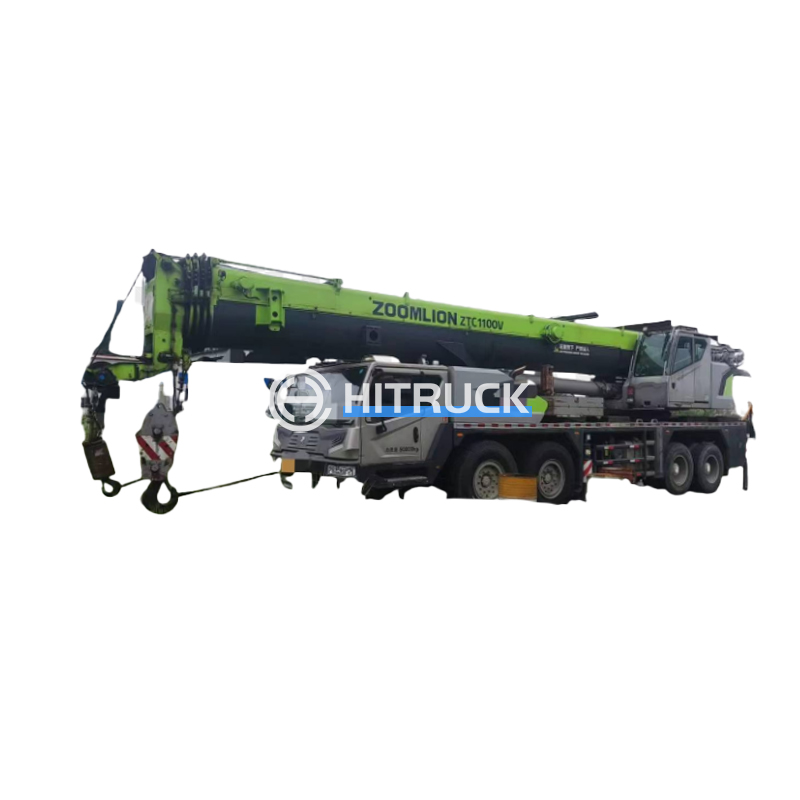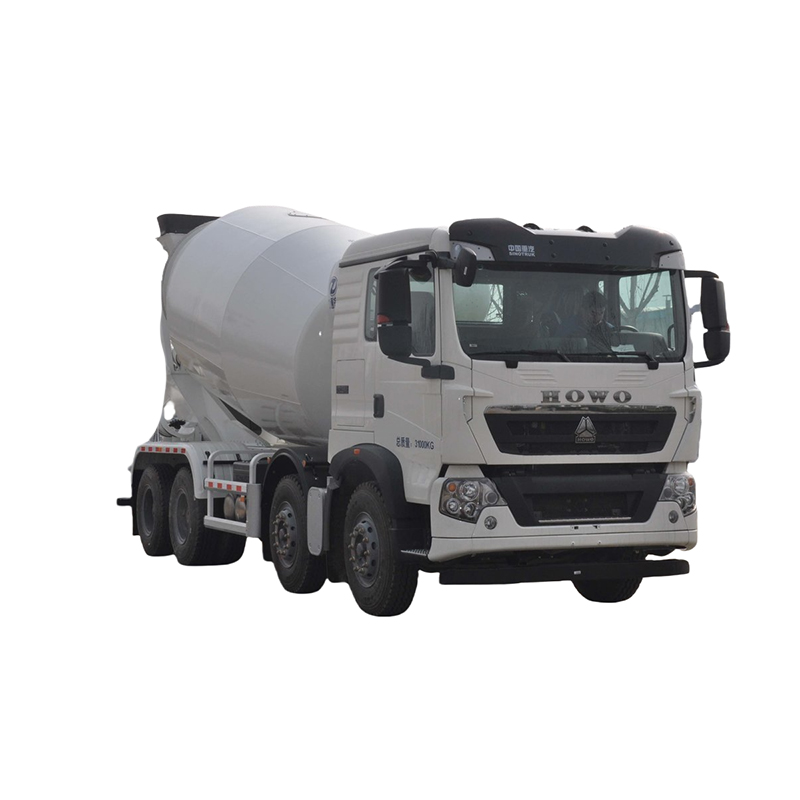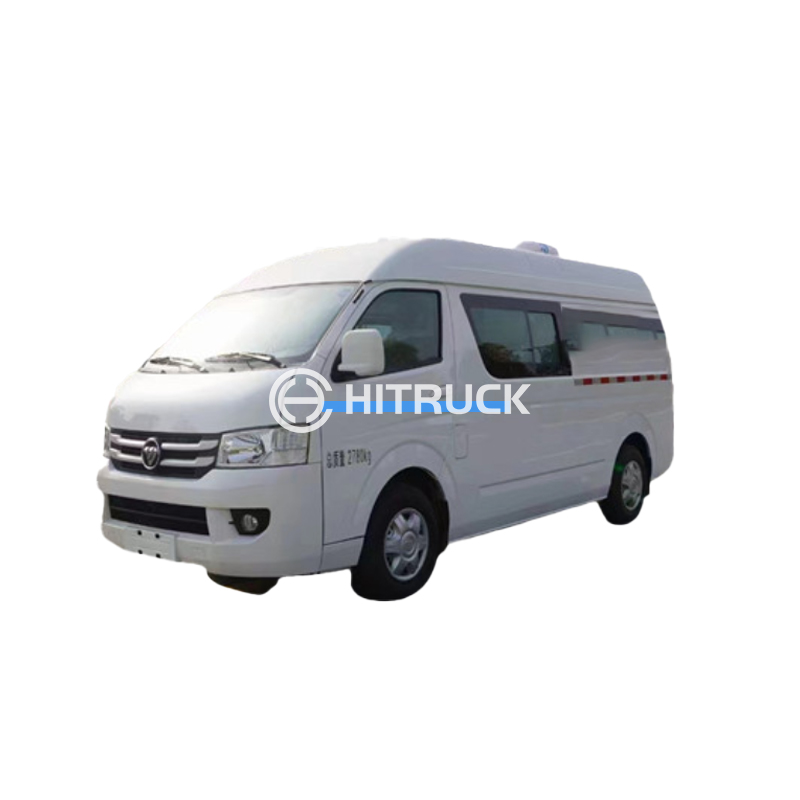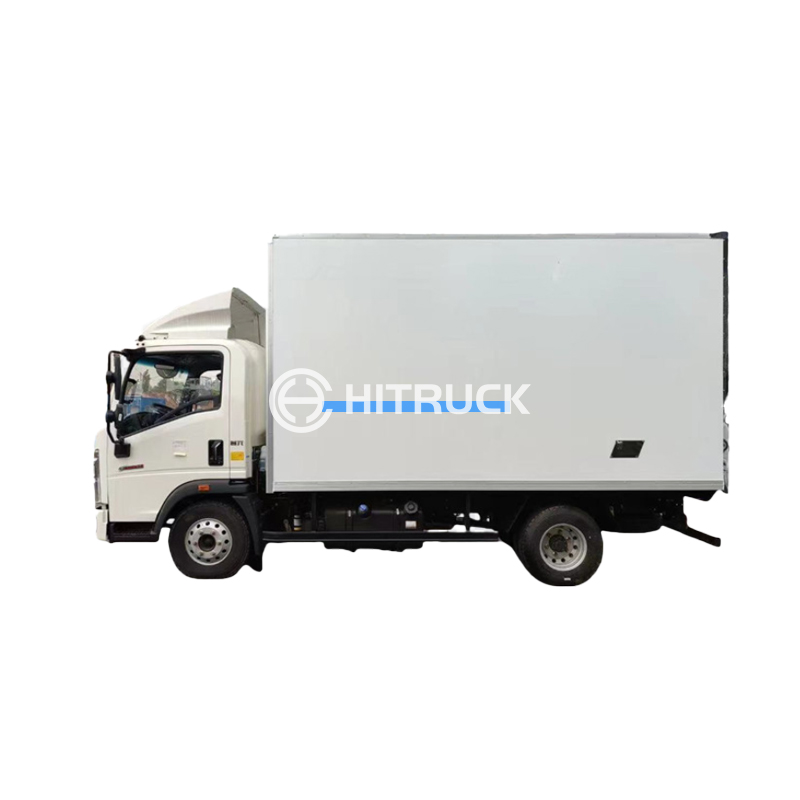This comprehensive guide explores the world of jib crane hoists, providing essential information to help you choose the perfect hoist for your specific needs. We cover key features, types, safety considerations, and factors to consider during selection, ensuring you make an informed decision. Learn about different load capacities, power sources, and operational considerations to optimize efficiency and safety in your workplace.
A jib crane hoist is a type of lifting equipment consisting of a jib (a cantilever beam) mounted on a fixed base or rotating column. The jib supports a hoist trolley that moves along its length, allowing for the lifting and movement of materials within a limited radius. This setup is ideal for various applications requiring precise material handling in workshops, warehouses, and industrial settings. The hoist itself is the mechanism that provides the lifting power, integrated with the crane's structure for efficient operation.
Several types of jib crane hoists cater to diverse requirements:
These jib crane hoists are affixed to a wall, ideal for applications where floor space is limited. They offer a simple and cost-effective solution for lifting loads in a specific area.
These jib crane hoists stand independently, providing greater flexibility in placement and use. They are suitable for various industrial settings requiring material handling in a larger area.
Offering enhanced maneuverability, articulating jib crane hoists allow for both vertical and horizontal movement, providing greater reach and accessibility within their operating radius. This makes them extremely versatile for handling materials in more complex environments.
Selecting the right jib crane hoist requires careful consideration of several key factors:
The load capacity of the jib crane hoist must be sufficient to handle the heaviest load you anticipate lifting. Always factor in a safety margin.
Determine the required lifting height and horizontal reach to ensure the jib crane hoist can adequately cover your working area. Accurate measurement is crucial for safe and efficient operation.
Jib crane hoists can be powered by electric motors (offering precise control and high lifting capacity) or pneumatic systems (often preferred in environments with explosion risks). Choose the power source that best suits your needs and safety requirements.
Prioritize safety features such as overload protection, emergency stops, and limit switches to ensure safe operation and prevent accidents. Regular inspection and maintenance are essential for the safe and reliable operation of any jib crane hoist.
Regular maintenance is crucial for the longevity and safe operation of your jib crane hoist. This includes regular inspections, lubrication, and prompt repair of any identified defects. Adhering to manufacturer's recommendations for maintenance schedules is crucial to prevent accidents and ensure optimal performance. Always consult with qualified professionals for maintenance and repair.
Finding a reliable supplier is vital. Consider factors such as reputation, experience, and the availability of parts and service. For reliable industrial equipment and related services, explore resources like Suizhou Haicang Automobile sales Co., LTD to find the jib crane hoist solution that best fits your requirements. This comprehensive approach ensures the selection of a high-quality, safe, and reliable jib crane hoist tailored to your specific application.
| Feature | Wall Mounted | Free Standing | Articulating |
|---|---|---|---|
| Space Efficiency | High | Moderate | Moderate |
| Maneuverability | Limited | Moderate | High |
| Cost | Generally Lower | Moderate | Generally Higher |
Remember to always prioritize safety and consult with professionals for installation and maintenance.



